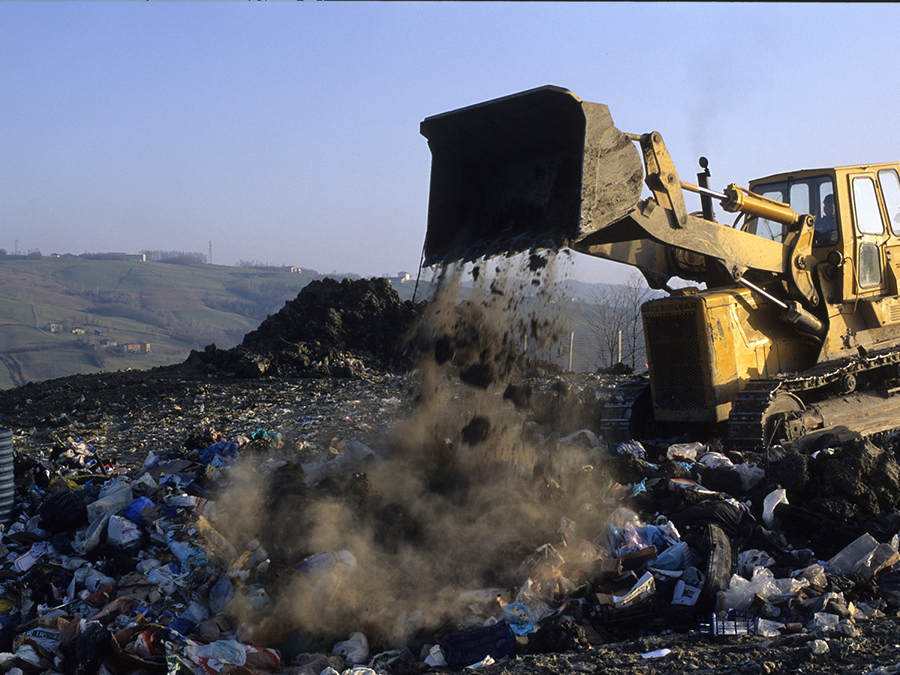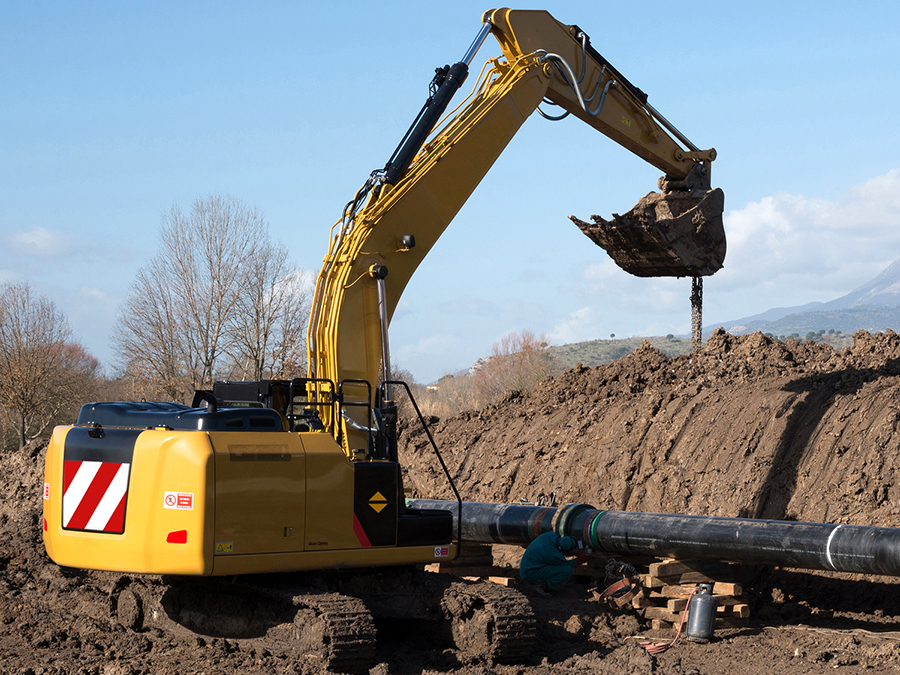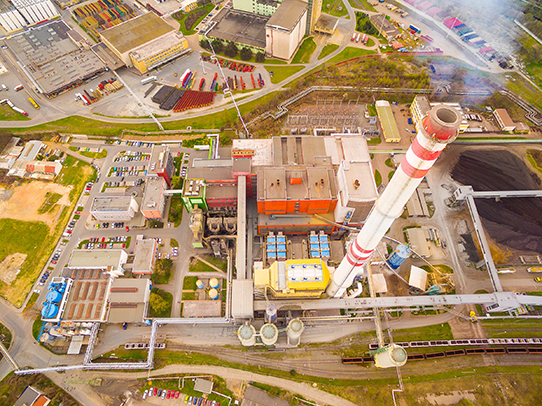Matrices solids, liquids, and food
MIT Ambiente uses qualified and highly skilled technicians to sample all kinds of solid and liquid matrices Experienced accrued from our technicians covers from simple controls on processed water in industrial plants to the implementation of monitoring and control plans.
Specialised sampling services and analysis of various environmental matrices are directed to public authorities and analytical laboratories.
The operations extend from surface and ground water to waste sampling according to UNI 10802.
Specialised services that set us apart are:
- Soil gas sampling from contaminated sites with direct and indirect methods and usage of passive sampling devices;
- Determination of the flow rate of rivers, canals etc…
- Statistical elaboration of sampling uncertainty;
- Survey for the census of materials containing asbestos and other toxic substances in buildings.
Surface waters and groundwater
Groundwater sampling and analyses in contaminated and non-contaminated sites is carried out through piezometers.
The investigation is carried out, according to the aims, through flush out procedures, quick measurements and sampling.
Procedures can be ready more or less complex depending on the characteristics of the place and the monitoring goals: low flow flush out or volume flush out, real-time measurements of pH values, conductibility, dissolved oxygen, etc.
Waste and compost:
MIT Ambiente gives sampling services for solid matrices that can be waste, soil, or industrial products. This sampling is carried out using UNI EN 10802 following the sampling plan according to method UNI EN 14899 and accreditation procedures.
The main services are:
- Sampling aliquote materials and waste in compliance with UNI 10802 for chemical analysis;
- Characterization and analysis of waste for judging suitability for the disposal in landfills or for salvaged materials;
- Analytical control on compost for farming
Dug up Soil and rocks
All works that produce soil and rocks (for example, building interventions and the implementation of industrial infrastructures and/or services), provided that soil and rocks are obtained as “subproducts”, must be the subject of characterization in order to define their compliance to the L.D. 152/2006.
The main services are:
- Sampling of the necessary aliquote according to UNI 10802 with the guarantee of sample representativeness
- Analysis of substances according to L.D. 152/2006
- Use Plan consulting.
Food
Regarding on the food sector, a correct sampling obtained in the field is essential to obtain reliable results in the following analytical steps intended to verify the food’s compliance to the current regulation and to prevent risks of public health.
To this end, MIT Ambiente has all the necessary resources to the inspections that regard both the microbiological and chemical aspects, paying close attention to the many aspects of sampling (lack of various contaminations) and the correct transport to the laboratory.











